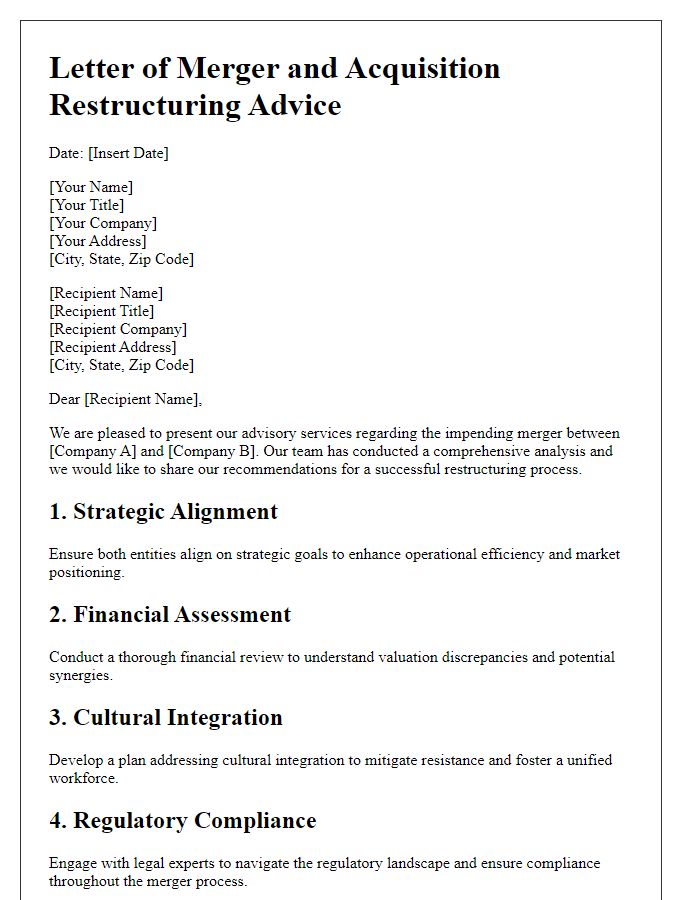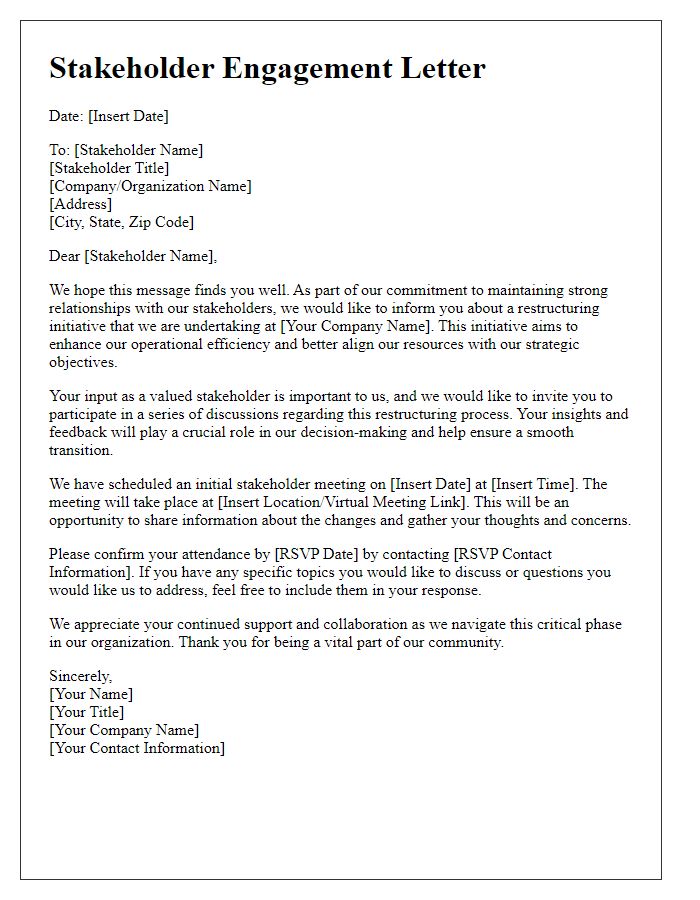If you're considering an entity restructuring, you're not alone; many organizations face this crucial moment of transformation. It's a strategic move that can enhance operational efficiency, improve profitability, and align with your long-term goals. Understanding the nuances of the restructuring process is key to ensuring a smooth transition and setting your entity up for future success. So, if you're ready to dive deeper into the benefits and considerations of restructuring, keep reading to uncover valuable insights!

Understanding legal and tax obligations
Entity restructuring involves significant legal and tax obligations that must be carefully assessed. Corporations, limited liability companies (LLCs), and partnerships each have unique compliance requirements that vary by jurisdiction, such as Delaware or California. Key components include understanding the Internal Revenue Code sections that pertain to corporate reorganizations, including Section 368, which delineates various tax-free reorganization scenarios. Information about state-specific registration and reporting requirements is critical, as penalties for non-compliance can be substantial, sometimes reaching fines of thousands of dollars. Legal considerations also encompass the potential impact on existing contracts, employee agreements, and intellectual property rights, necessitating thorough due diligence. Tax implications can influence decisions on asset transfers, stock exchanges, and the distribution of liabilities, making it essential to consult with legal and financial experts to navigate these complexities.
Assessing financial implications
Entity restructuring often entails significant financial implications that organizations must thoroughly assess to ensure stability and future growth. Financial statements, including balance sheets and income reports, should be meticulously analyzed, focusing on key performance indicators such as liquidity ratios, debt-to-equity ratios, and return on assets. Identifying potential tax liabilities, compliance costs related to regulatory changes, and any impact on employee benefits are essential steps in this analysis. Additionally, assessing potential impacts on cash flow, including the timing of receivables and payables, enables organizations to plan for operational continuity. Engaging financial advisors and legal experts can aid in navigating complex financial landscapes, thereby ensuring that the restructuring process aligns with long-term strategic goals.
Evaluating organizational goals and objectives
Evaluating organizational goals and objectives is a critical process for entities undergoing restructuring, where clarity in vision plays a vital role. Establishing clear key performance indicators (KPIs), such as revenue growth targets (15% increase over the next fiscal year) and employee engagement scores (aiming for a minimum of 80% satisfaction), can align efforts across departments. An entity like XYZ Corporation, based in New York City, may consider a SWOT analysis (Strengths, Weaknesses, Opportunities, Threats) to identify its position in the market and address challenges inherent in the restructuring process. Moreover, engaging stakeholders through workshops and surveys can ensure a comprehensive approach to revising the mission statement. Understanding the impact of these changes on key areas like supply chain efficiency and customer satisfaction (currently at 70% for existing protocols) is crucial for sustainable growth.
Considering impact on stakeholders
Entity restructuring can significantly impact various stakeholders, including employees, investors, customers, and the community. Employee morale may be affected due to job security concerns or shifts in roles; transparent communication is vital. Investors may experience fluctuations in stock value or altered dividends based on restructuring outcomes; preparing them for potential risks and rewards can build trust. Customers might witness changes in service delivery or product quality, depending on restructuring goals; maintaining service consistency during transitions is crucial. Community perceptions can evolve based on organizational adjustments, influencing local reputation; proactive engagement with community leaders can foster goodwill. Evaluating these impacts requires careful planning, comprehensive stakeholder analysis, and strategic communication initiatives.
Ensuring compliance with regulatory requirements
Entity restructuring involves ensuring compliance with diverse regulatory requirements across jurisdictions. Each legal framework dictates unique obligations such as reporting standards, tax responsibilities, and corporate governance practices. For instance, the United States mandates adherence to the Sarbanes-Oxley Act for publicly traded companies, which includes strict financial disclosures and internal controls. In the European Union, the General Data Protection Regulation (GDPR) necessitates that companies protect consumer data and privacy, impacting restructuring decisions significantly. Consulting legal professionals familiar with both local and international regulations is critical to mitigate risks. Additionally, considering the implications of restructuring on operational licenses, employee contracts, and stakeholder agreements is essential. Thorough due diligence and proactive planning can ensure that the entity not only complies but also positions itself for sustainable growth post-restructuring.













Comments